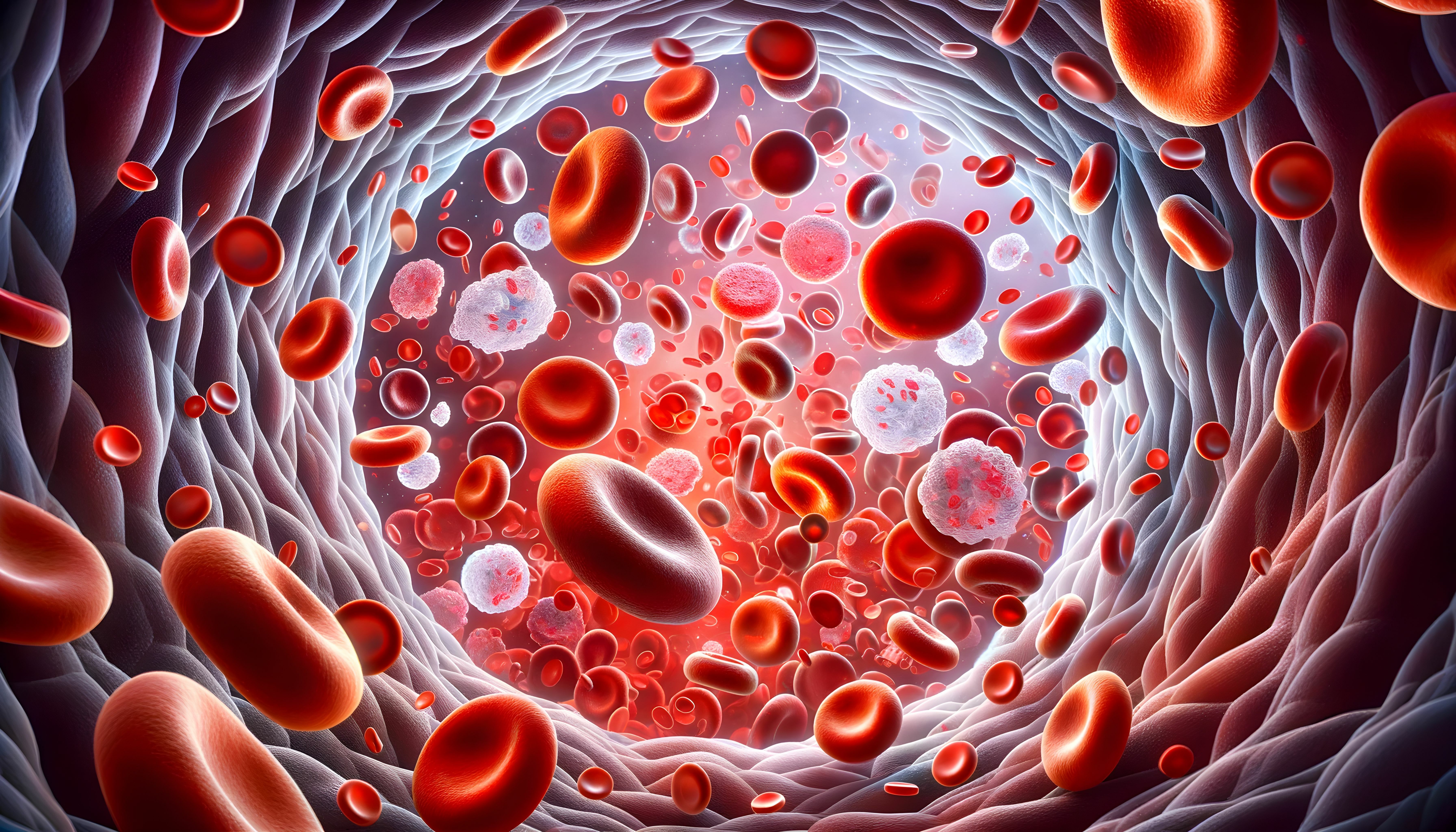- Center on Health Equity & Access
- Clinical
- Health Care Cost
- Health Care Delivery
- Insurance
- Policy
- Technology
- Value-Based Care
Unmet Needs Remain in Secondary AML Following Treatment With HMAs
The study demonstrated a poor prognosis overall for patients with acute myeloid leukemia (AML) who were previously treated with hypomethylating agents (HMAs) for myeloid neoplasms such as myelodysplastic syndromes.
Patients with secondary acute myeloid leukemia (AML) who were previously treated with hypomethylating agents for myeloid neoplasms (HMA‐sAML) continue to face a poor prognosis with typical treatments, indicating a need for more research to improve outcomes in this population, according to a study published in Cancer.1 Most patients with sAML in the study were exposed to hypomethylating agents during treatment for prior myelodysplastic syndrome (MDS).
“sAML represents approximately 25%-30% of AML cases, with the majority arising from prior high‐risk MDS or chronic myelomonocytic leukemia (CMML),” the authors wrote. “One of the main challenges in treating patients with sAML is that it typically occurs in an older population with a higher number of comorbidities and worse Eastern Cooperative Oncology Group (ECOG) status, making them less likely to receive intensive chemotherapy with curative intent.”
First-line treatment for MDS often includes HMAs,2 so it is common for patients with sAML to have prior exposure to these agents. In the new study, 84% of the 479 patients included had prior MDS.1
First-line treatment for MDS often includes hypomethylating agents, so it is common for patients with sAML to have prior exposure to these agents. | Image Credit: © Eleni - stock.adobe.com

The study authors utilized the Programa Español para el Tratamiento de Hemopatías Malignas (PETHEMA) registry, a retrospective and prospective registry including individuals diagnosed with AML in Spain, Portugal, Chile, and Colombia. Of 15,119 patients with AML with available information between December 2003 and August 2023, 3657 (24.2%) had sAML, 2322 (15.4%) had sAML following MDS or MDS/myeloproliferative neoplasm, and 1335 (8.8%) were categorized as therapy-related AML.
In the overall population of patients with HMA-sAML in the PETHEMA registry, the median age was 70 years, median ECOG status was 1, and 67% of the population was male. In 133 patients (30%), karyotype was normal; 144 patients (51%) had adverse cytogenetic risk factors; 134 patients (48%) had intermediate risk; and 1 patient (1%) had favorable risk. Forty-seven of 318 patients (15%) with available data had TP53 mutations, 17 (6%) had NPM1 mutations, and 24 (9%) had FLT3-ITD mutations.
A total of 450 patients had frontline therapy information available, and 140 (31%) of those patients received intensive chemotherapy. A further 86 patients (19%) received low‐dose cytarabine‐based regimens, 75 (17%) were in a clinical trial, 53 (12%) received HMA monotherapy, and 20 (4%) received venetoclax-based regimens. Of the patients who received HMAs, 59% were treated with azacitidine and 17% received decitabine. Ninety-five patients (27%) experienced complete remission (CR), with intensive chemotherapy or venetoclax-based regimens showing higher rates of CR.
Among 468 evaluable patients, the median overall survival (OS) was 4.93 (95% CI, 4.14-5.78) months. Patients treated with intensive chemotherapy had a median OS of 7.68 months, those who received HMAs had a median OS of 7.82 months, and the group who received venetoclax-based regimens had a median OS of 4.66 months. Survival outcomes were better among 33 patients (9%) who underwent allogeneic hematopoietic stem cell transplantation (allo‐HSCT) during first remission, with the median OS not reached.
Adverse prognostic factors identified in multivariate analyses were age 65 or older, having an ECOG score higher than 2, higher white blood cell count, and adverse-risk cytogenetics. On the other hand, NPM1 mutation also was noted as a favorable prognostic factor.
Overall, the study demonstrated a poor prognosis overall for patients with HMA-sAML, as well as a need for novel treatment strategies.
“Despite the widespread use of available therapeutic options, including BCL2 inhibitors, patients with HMA‐sAML have not experienced significant improvements with any therapy, whether intensive or nonintensive,” the authors concluded. “Our results suggest that prior effective and well‐tolerated induction therapy followed by allo‐HSCT could be the optimal option for this subgroup. All of this underscores the unmet need to develop novel and effective strategies for this population, and encouraging their inclusion in clinical trials should be a priority.”
Reference
1. Lloret-Madrid P, Boluda B, Martínez-López J, et al. Treatment patterns and outcomes in secondary acute myeloid leukemia arising after hypomethylating agents: PETHEMA registry study. Cancer. 2025;131(1):e35696. doi:10.1002/cncr.35696
2. Medicines for myelodysplastic syndromes (MDS). American Cancer Society. Updated November 24, 2024. Accessed January 17, 2025.
https://www.cancer.org/cancer/types/myelodysplastic-syndrome/treating/chemotherapy.html
